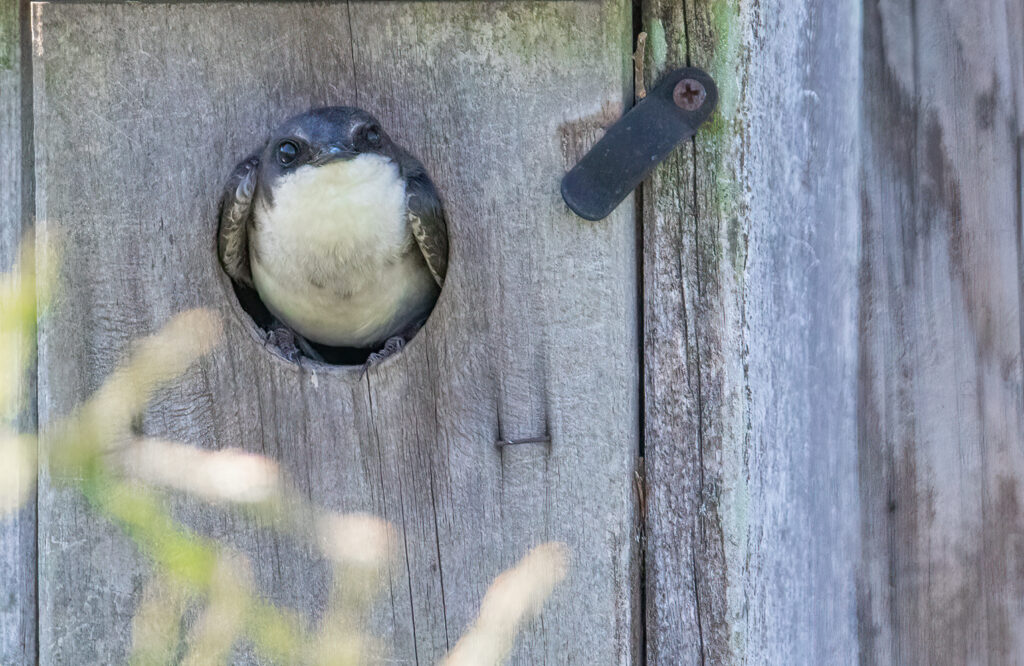If your mental image of a bird’s nest resembles mine, then it is probably something like this: a cup of twigs and grass, woven together with random odds and ends. Some spiderwebs here, a length of twine there; all shaped by a pair of birds to shelter a clutch of delicate eggs. The reality of birds’ nests is a lot more interesting. There are, of course, nests that look this way. But for every American Robin with a classic cup-shaped nest, there is a Killdeer who scrapes out a shallow divot for its eggs, or a Bald Eagle with an enormous nest of branches that is years in the making.
Related Article: Fall Migration Begins for Piping Plovers
For many birds from many different families, building a suitable nest begins with finding or excavating the perfect hollow inside of a tree. These are the cavity nesters. From woodpeckers to flycatchers to some species of owls, many birds rely on trees not just as real estate to build their nests on, but as nesting structures themselves. Many cavity nesters are so reliant on this strategy that they must compete fiercely for appropriate knotholes. The Purple Martin is an obligate cavity nester and is incapable of excavating its own nest hole, so this species largely relies on man-made nest boxes to survive.
But what happens to cavity nesters when trees are removed? For birds that are obligate cavity nesters, those that are unable to reproduce without tree cavities to nest in, deforestation can have disastrous consequences. Fortunately, there are ways that these consequences can be mitigated.
Land use is an issue that will always affect wildlife. There is no panacea that can fix the affects of habitat degradation. For cavity nesting birds, though, there is something that can be done to help. A recent study from UC, Davis found that agricultural land in Ecuador, where many cavity nesting species live and where large amounts of forest had been removed, was still bustling with avian activity. Cavity nesting birds still frequented the area and when nest boxes were introduced, they readily used them.
Nest boxes have been important tools for conservation in the past. In fact, Eastern Bluebirds were rescued from the brink of extinction in the United States by the creation of nest boxes with narrow entrances designed to exclude competing invasive species. The conservation potential of nest boxes might not be a new discovery, but it remains an essential asset for cultivating a relationship between humans and wildlife that allows native birds to thrive, even in situations where the habitat is used for agriculture or other human uses.
Popular Article: Genetic Sequencing Reveals Bustard Family Tree

